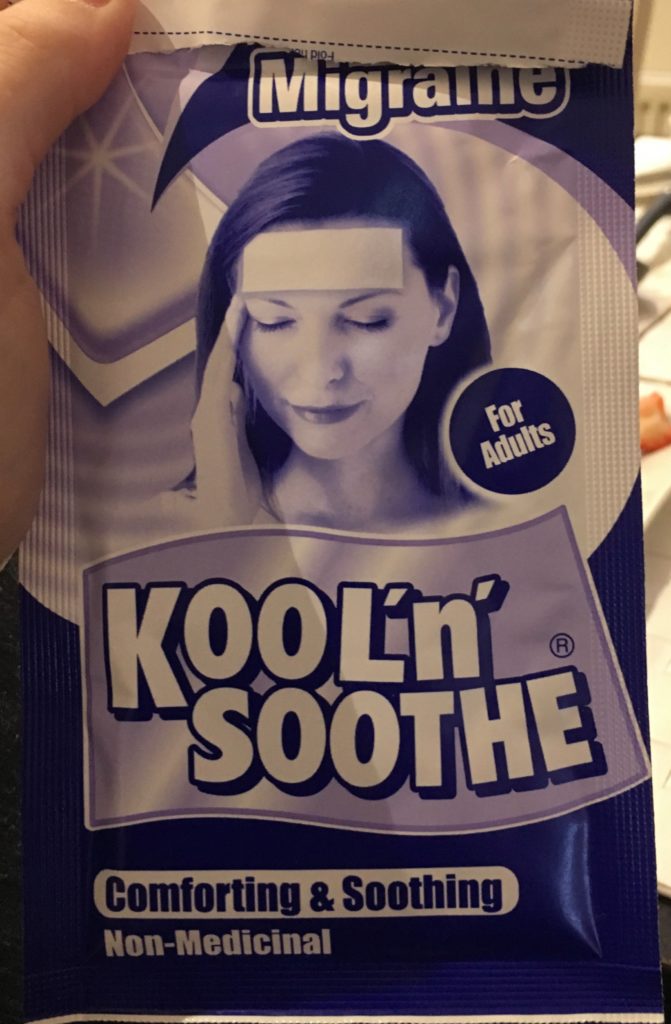Chronic Illness Coping Toolkit
ITEMS THAT MIGHT HELP YOU MANAGE YOUR CHRONIC ILLNESS AND SYMPTOMS, INCLUDING PAIN MANAGEMENT AND ORGANISING YOUR MEDICAL ADMIN AND PILLS.
Author: Dory Adelie
Pain Management (Non-Medicinal)

- Electric heating pad – perfect for sustained relief from stomach, neck or back pain
- Microwaveable heat bag – perfect for targeting stomach, neck or joint pain
- Kool ‘n’ soothe patches – non-medicated stick-on cooling patches perfect for headaches, fevers and migraines (like a cold flannel that doesn’t fall off if you move or sleep!)
- CuraHeat or Thermacare stick-on heat patches – great for invisible heat pain relief while out and about, designed for abdominal, back, neck & shoulder pain, with some wrap-around options from Thermacare
Admin & Meds
- Pill organisers – divided into the number of times you take medication a day (e.g. morning and night or 4 times a day), recommend that each day can be separated for portable use (e.g. if you’re out for medication time)
- Portable mini meds box or bag for going out – perfect for transporting emergency medications and pain relief
- Folder for medical documents – keep reports, appointment letters, test results etc. in one place (get one with dividers if you see multiple departments or have a lot of documents)
- Online access – find out if your doctors surgery has an online portal (usually the EMIS system) where you can order repeat prescriptions, book appointments and view test results and sign up for it, then save this page on your phone and/or computer for easy access
- Repeat prescriptions – Set a phone reminder for renewing prescription IN ADVANCE, multiple reminders if you need to. Look into prescription delivery services if you struggle to get to the pharmacy
Comfort

- Soft items – clothing, cushions, blankets and dressing gowns – maybe create a soft corner in your room if that helps
- Eye mask – to help with sleep (communicating it is bed time), headaches, eye pain and sensitivity to light
- Ear plugs or ear defenders – to help with noise sensitivity, sensory overload
- Safe, comfortable foods and drinks – items that don’t cause you problems and that are kept accessible for times that you need them to counteract symptoms or when you can’t make a meal (e.g. salt or sugar containing snacks, protein or energy bars, bottles of water, sachets of electrolyte mix)
Symptom/Vitals Tracking

- Apple Watch 3+ or Fitbit HR – for monitoring heart rate and activity – log symptoms and times and match up to see if related if not sure of cause of symptoms (e.g. dizziness, faintness)
- Books tracking pain or symptoms etc. – useful for weeks leading up to appointments
- Equipment – make sure any tracking or testing equipment you have is quality, clean, sufficiently charged and working properly (e.g. BP monitor, blood sugars check kit)
In Case of Emergency

- ICE in phones – Most phones have a section where you can put your emergency information, including emergency contacts. On iPhones this can be accessed by paramedics or those helping you (if you were unconscious in public for example)
- Emergency Medical Alert jewellery – lots of different types of MedicAlert items (e.g. bracelets, necklaces) engraved with allergies and important conditions/notes plus emergency contact and your name. Frequently used for diabetes, epilepsy, heart conditions and issues which are likely to cause unconsciousness.
- Emergency pack – Some people put information in special “emergency info” pockets or little packs in their packs or on their assistance dog’s vest if they have one. This can be more detailed and also list additional conditions that you can’t fit on medic alert jewellery.
COMING SOON: We will also be creating a coping toolkit for mental illness, with activities, strategies and items that may be worth trying to help you manage your mental illness.



